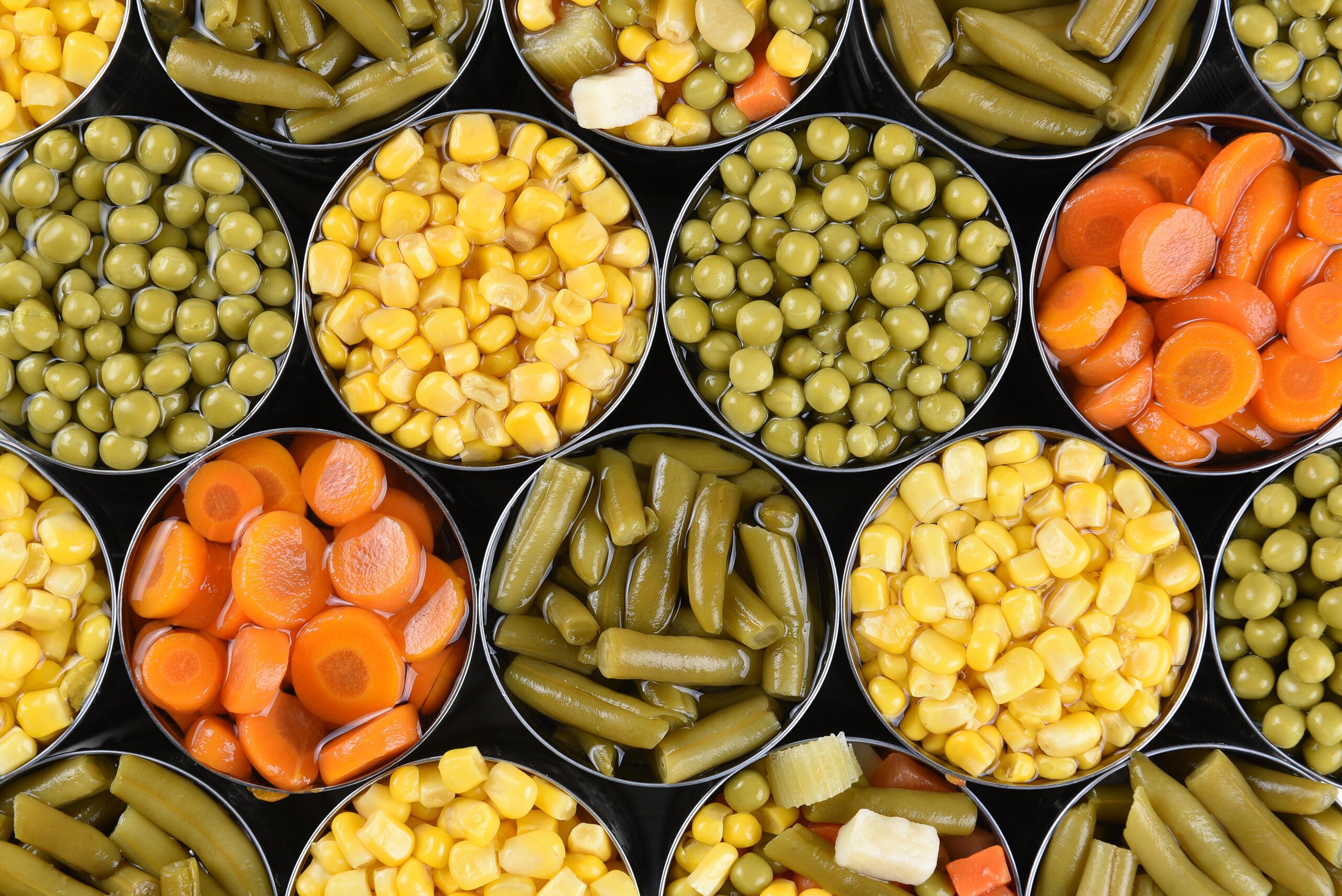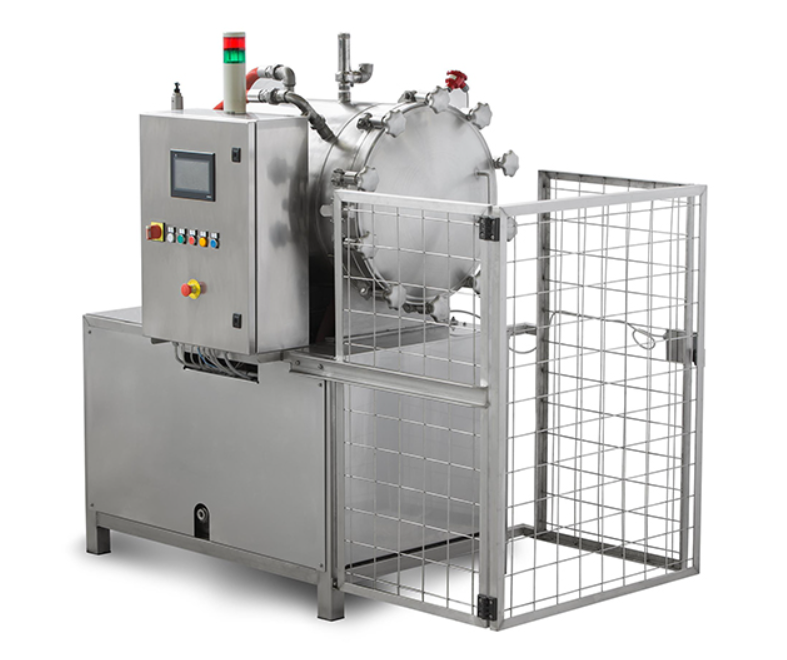How to prevent untimely spoilage of canned vegetables by sterilization
Do you know the analogy “it gets better with age, like a fine wine”? Well, in the food industry, wine is the exception that proves the rule. Foods in general, including vegetables, undergo deterioration over time because of microorganisms and enzymes, causing a decrease in both nutritional values and organoleptic properties of the food product. Time and food are not exactly best friends. For this reason, food must be sterilized to extend shelf life.

Using heat as a sterilization method to prevent microbial growth
Microorganisms multiply and survive in food with the right temperature, high humidity, and low acidity. Low temperatures might stop the enzymatic activities and reduce the growth of microorganisms, but it will not destroy them. Enzymes and microorganisms are very heat-sensitive – high heat denatures the proteins within microorganisms, killing them. Therefore, heat can be used as a very efficient sterilization method (with temperatures above 100 °C) to eliminate microorganisms from a food product, especially the spores of the bacterium C. botulinum that produces the deadly toxin that causes botulism.
Depending on the food and its pH, temperatures may vary. For example, acidic foods with a pH less than 4.6 cannot develop C. botulinum, so they require mild treatments with a temperature of 100 °C or less. But most vegetables have a high pH, so they are considered low-acid foods and require a full sterilization treatment.
Put your canned vegetables under pressure using an autoclave
Vegetables or fruit are products that different bacteria can contaminate. To kill them all using thermal sterilization, an autoclave is required. Before placing the product in the autoclave, vegetables are first filled in cans and hermetically sealed. The heating process begins after putting canned vegetables in the autoclave and closing the door. By removing all the air in the chamber, steam is pumped at a higher pressure than normal atmospheric pressure to reach the desired temperature.
However, the actual running costs of autoclaves are quite high, as they consume a huge amount of water and energy. In general, bearing all these costs is never easy for manufacturers, especially for labs, start-ups, or small-scale producers. A solution to save energy and water, and money could be an autoclave with a separating compartment or having this separating compartment integrated into existing autoclaves. This compartment reduces the volume to be heated, thus saving energy and process water. Watch this video of the Ghizzoni D. NGA autoclave showing a separating compartment that reduces the volume heated by at least 40 percent.
